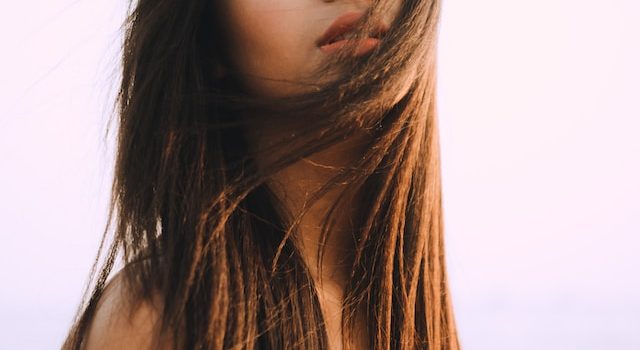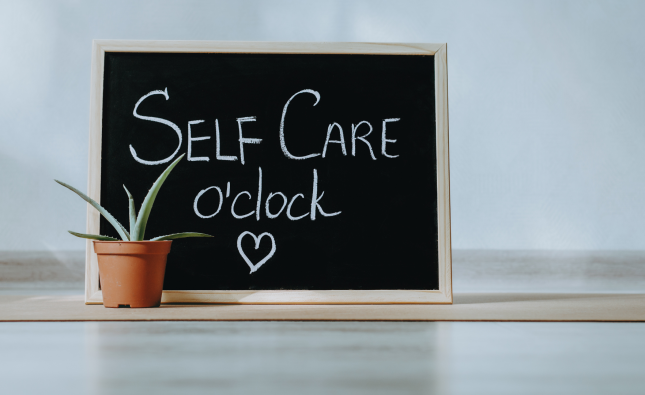
Introduction:
Healthy and luscious locks are a coveted asset, and one of the keys to achieving them is proper hair hydration. While countless hair care products promise miraculous results, understanding the science behind hair hydration is crucial for making informed choices. In this article, we delve into the scientific principles behind hydrating your hair, debunk common myths, and provide practical tips based on expert advice.
The Structure of Hair:
To comprehend hair hydration, it’s essential to understand the structure of the hair shaft. Each strand is composed of three layers: the cuticle, cortex, and medulla. The outermost layer, the cuticle, acts as a protective barrier and controls the movement of moisture in and out of the hair.
The Role of Moisture:
Moisture is vital for maintaining healthy hair. It helps to lubricate the cuticle, imparting shine and smoothness. When hair lacks moisture, the cuticle becomes rough, leading to frizz, brittleness, and breakage.
The Science of Hair Hydration:
Hair hydration involves both internal and external factors. Internally, proper hydration of the body is essential, as it affects the moisture content of the hair. External hydration, on the other hand, focuses on providing moisture directly to the hair strands.
Understanding Hair Porosity:
Hair porosity determines how well your hair absorbs and retains moisture. Low porosity hair has a tightly bound cuticle, making it resistant to moisture absorption. High porosity hair has a more open cuticle, making it prone to excessive moisture loss. Understanding your hair’s porosity level helps in tailoring the hydration routine accordingly.
The Importance of Hydrating Products:
Hydrating products, such as shampoos, conditioners, and treatments, play a crucial role in maintaining hair moisture. Look for ingredients like humectants (e.g., glycerin, hyaluronic acid) that attract and retain moisture, as well as emollients (e.g., natural oils, shea butter) that help seal in moisture.
Deep Conditioning for Intense Hydration:
Deep conditioning treatments provide a surge of hydration to the hair. These treatments often contain ingredients like proteins, ceramides, and amino acids, which help repair and strengthen the hair shaft. Experts recommend incorporating deep conditioning into your hair care routine once or twice a week for optimal results.
The Role of Water Temperature:
Contrary to popular belief, hot water does not hydrate the hair effectively. In fact, it can strip away natural oils and disrupt the cuticle layer. Opt for lukewarm or cool water when washing your hair to maintain its moisture balance.
Balancing Moisture and Protein:
Maintaining a healthy balance between moisture and protein is vital for overall hair health. Protein treatments can help repair damaged hair, but excessive use can lead to stiffness and brittleness. It’s important to strike the right balance by incorporating protein treatments as needed and following up with hydrating products.
Protective Styling for Moisture Retention:
Protective hairstyles, such as braids and buns, can help preserve moisture in the hair by reducing exposure to environmental elements. Additionally, using satin or silk pillowcases and scarves minimizes friction and moisture loss during sleep.
Conclusion:
Achieving luscious locks starts with understanding the science of hair hydration. By considering the structure of your hair, its porosity level, and implementing a balanced hydration routine with the right products, you can nourish and transform your hair. Remember, hydration is an ongoing process, and consistency is key. Embrace the science behind hydrating your hair, and let your locks radiate with health and vitality.










